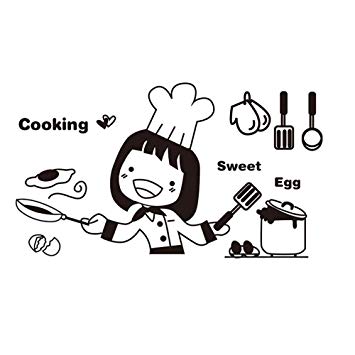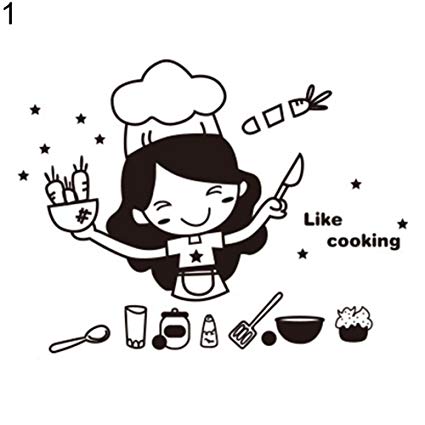
Whether you’re a seasoned home cook or a novice who’s just started out on their own, there’s always something more to learn about preparing delicious foods in your own kitchen. It’s no secret that cooking at home can be much healthier than eating out. But it can also save you money, help you manage stress, and become a fulfilling way to develop your own creativity. If you’re interested in learning how to become a better cook, there are plenty of resources available to you, from Cozymeal cooking classes to books to online how-to videos. There are several basic techniques that can help you master simple yet tasty dishes at home and can take your cooking from soggy to crispy, tough to tender and bland to flavorful.
Using Proper Knife Technique
A good cook has to start at the beginning with a sharp knife and proper chopping technique. Investing in a quality chef knife won’t break the bank and can save you time and unnecessary injury since most cuts occur from using tools that are too dull and require more force. Pinch your knife where the blade meets the handle, curl your fingers and chop with a smooth rocking motion. While it may be slow going at the start, the more you work on this skill, the faster you’ll go and the more even your cuts will be. This will result in foods that cook more evenly.

Breading Foods for a Crispy Crust
Setting up a proper breading station can help ensure you get a golden, crunchy coating on your chicken, fish, veggies, and more. Begin by placing three shallow dishes side by side. Scoop about one cup of flour into the first dish, crack two eggs into the second, and add one cup of panko breadcrumbs to the third. Measurements will vary depending on the amount you’re preparing, but practice will give you a better idea of how much you will need for each layer. It’s important to season with every step, so add salt and pepper to each dish and mix well. Add a little extra seasoning to your breadcrumbs, along with a few tablespoons of grated Parmesan cheese for flavor and parsley for color. Designate a “wet” and “dry” hand to keep your hands from getting clumpy and messy. Tongs can work well but can sometimes pull the breading off of your food, so your hands are truly your best tools for the job. With your dry hand, dip both sides into the flour and shake off the excess. Switch to your wet hand to dunk in the egg mixture and then back to your dry hand to coat with breadcrumbs. This breading style works great for pan frying in a shallow layer of oil or baking in the oven.
Sautéing Meats on Your Stovetop
A properly seared or sautéed protein is a simple yet satisfying main dish that’s delicious when done appropriately. It’s important to note that you’ll need to get to know your range and how it heats in order to adjust cooking times and temperatures accordingly. For chicken, start with a high-quality sauté or cast-iron pan and add a few tablespoons of vegetable or olive oil. Turn your stove on medium and allow the oil to heat for a few minutes while you generously season both sides of your chicken with salt and pepper. (Make sure the meat is no more than three-quarters of an inch at its thickest point for this technique.) Once the oil is hot, place your chicken in the pan, careful not to overcrowd it, and do not touch it for about four to five minutes. Turn once and finish on the other side for another three to four more minutes, until it is just cooked through. If you’re unsure about whether or not it’s done, use a thermometer until you have the experience to judge by sight. Transfer the cooked chicken to a plate and cover loosely with foil, allowing it to set for at least six minutes for a juicy, tender bite. This technique also works well with beef and pork.
If you want to become a better home cook, start with the basics and perfect the simple techniques that lead to quality and consistent results. You’ll be glad you invested the time in developing this important life skill.
